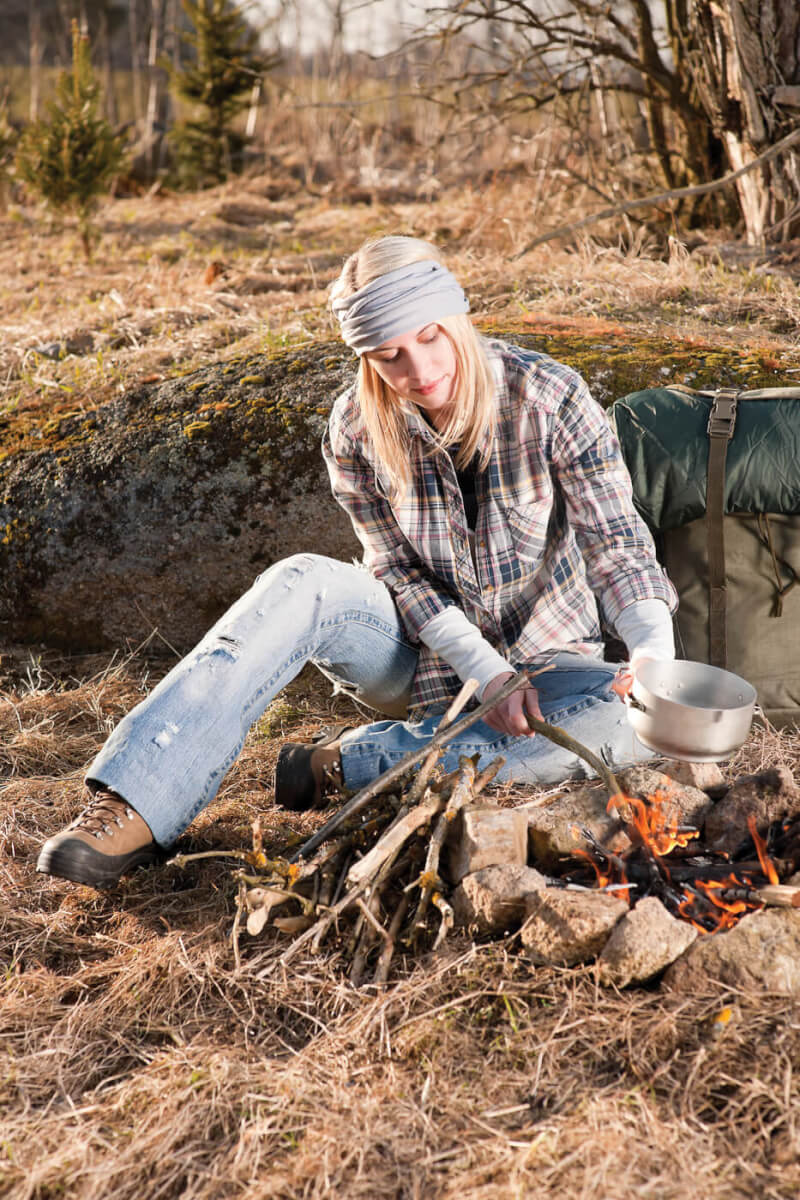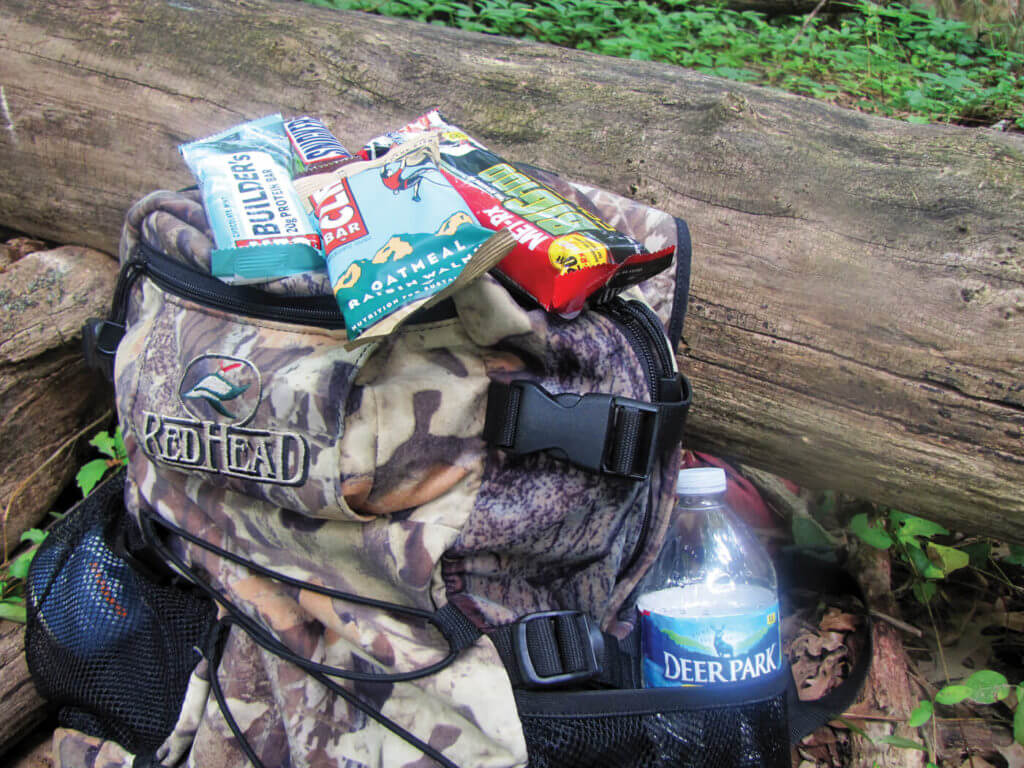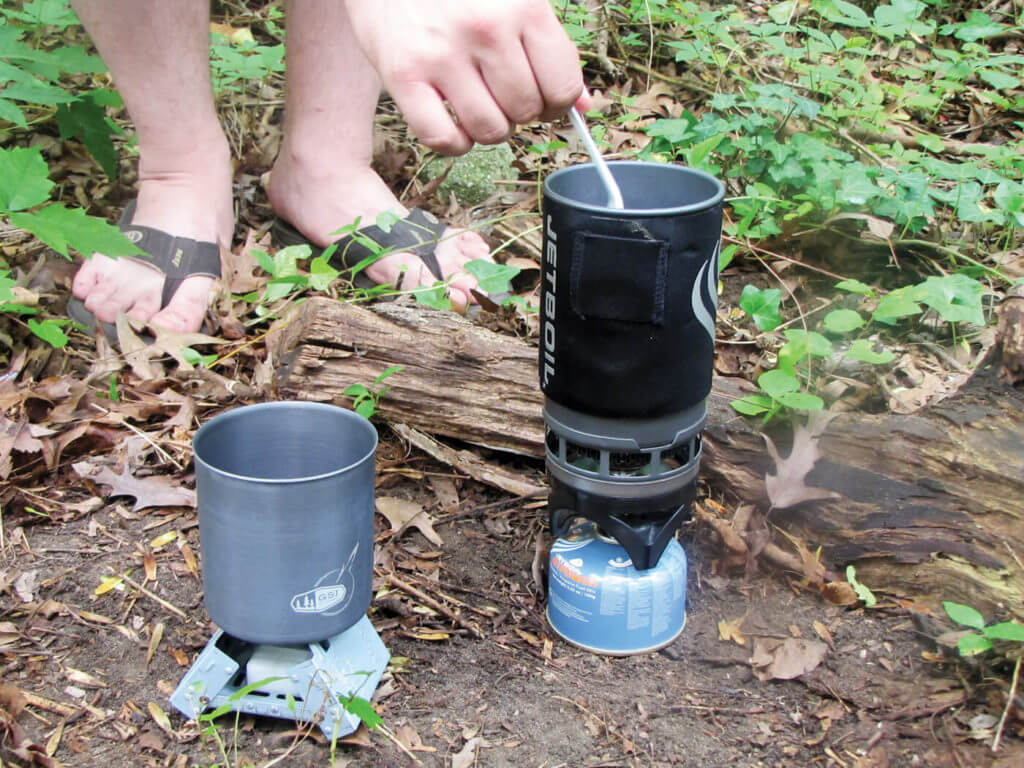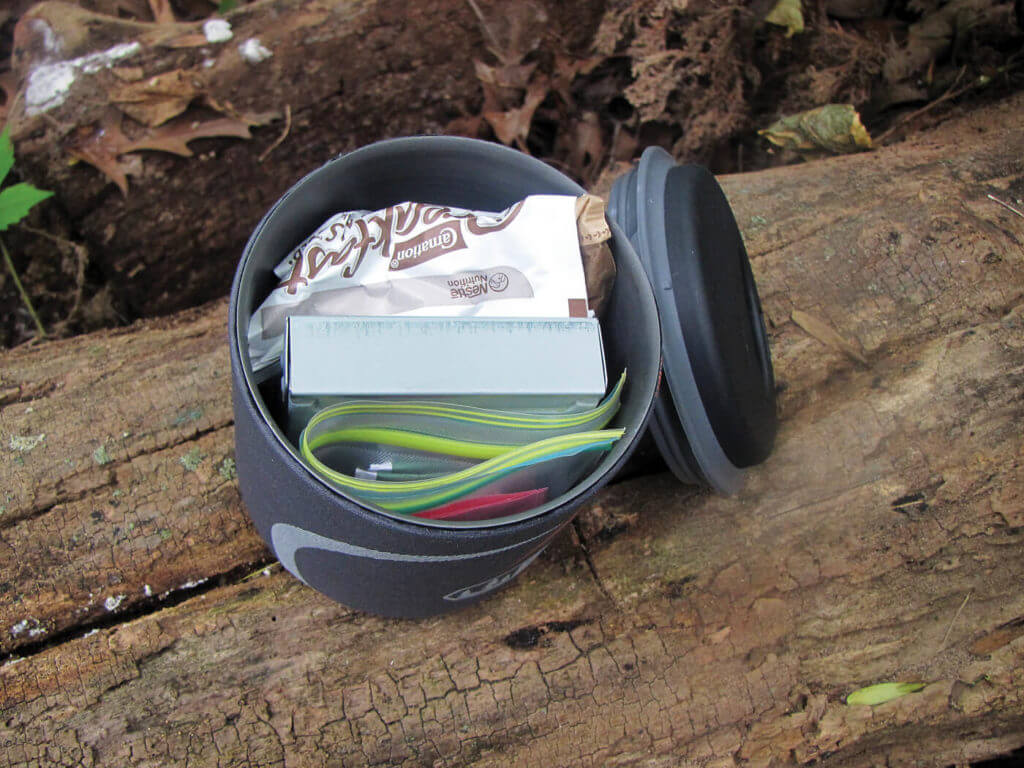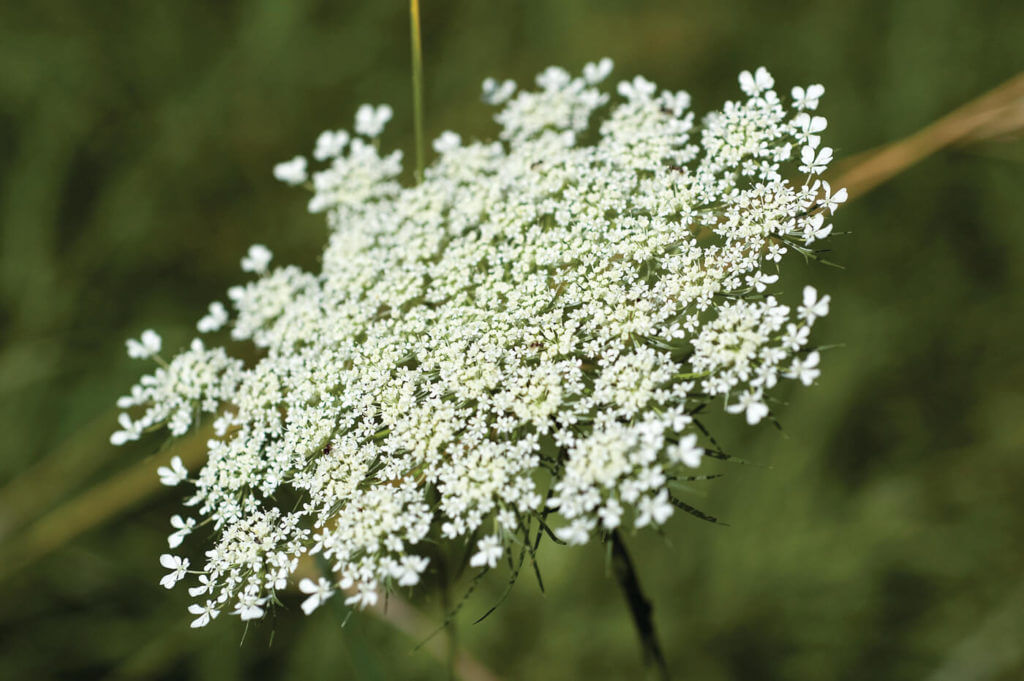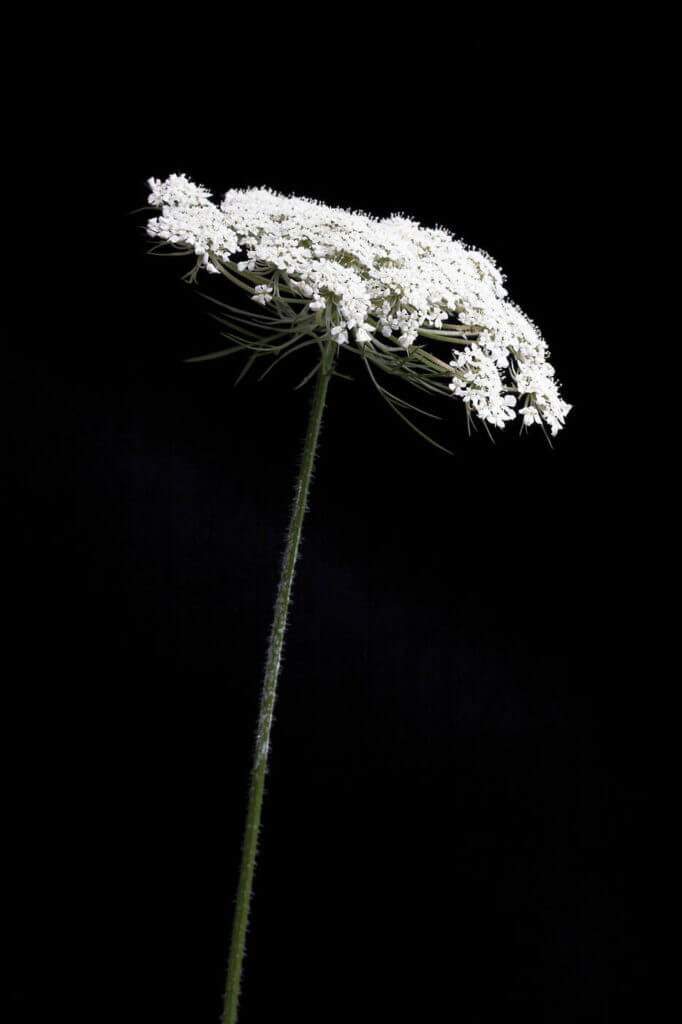Food: Without it, you run low on energy, your thinking suffers, and your body doesn’t do what you want and need it to do. You can definitely survive for a number of days without food, but you won’t be functioning very well after just a day or two.
So, how should you handle this important survival need? Do you carry food with you wherever you go? How many days should you plan for? Should you just plan on finding food where you are by foraging? How do you cook what can’t be eaten raw?
The simple answer: It all depends on the situation, and careful planning that considers a number of likely scenarios is the way to go.
1. CALORIE REQUIREMENTS
With moderate activity and, depending on age and weight, the average adult needs between 1,500-2,500 calories per day. Since most adults also have some fat reserves, your emergency rations really only need to maintain your metabolism running enough to keep you warm and mentally aware. Therefore, my emergency rations normally range between 1,000 to 2,000 calories per day.
If you choose foods that provide at least 100 calories per ounce, this doesn’t need to be a lot of food or weight. Meal replacement bars, energy bars and even select candy bars like Snickers provide between 250 and 400 calories per bar, so keeping a few in your pack or pocket can fill the need for your 24-hour emergency rations. You can always forage to help augment what you brought with you, but to be on the safe side, I always plan for the situation where I am injured and can’t move or do any foraging or build a shelter.
2. CARRY IT OR FIND IT?
Although a person can find enough food in their environment to keep them alive, it takes time, skill, preparation and experience to be able to do that.
When I hit the woods or backcountry, I always carry some high-energy foods with me to cover an overnight emergency/survival situation. The road network here on the East Coast is so well developed that if I have to spend the night outdoors, I can always walk in a straight line in the morning for a few hours, and I will hit a road that will lead me back to civilization. If I get injured, the people I left my emergency information with will know where I was going to be and they should be able to find me within a day or two. For those reasons, I don’t carry more than a day or two of extra rations with me. It’s important to carry some food, but you can also find it if you know where to look.
3. FORAGING 101
Some plants are ok to eat, others have some parts that are edible, some are poisonous and some are just deadly. Easily recognized, safe plants to eat include:
Dandelion: All parts of this ubiquitous plant are edible. You can eat the leaves raw or cooked and boil the root. It can be the basis for a nice salad.
Cattail: Often called the supermarket of the outdoors, you can eat many parts of the cattail. You can bake, roast or boil the root, and you can use the brown furry part on the top of the stalk like flour. You can eat the white core of the stalk raw or cooked like a leak.
Acorns: All acorns are edible, although some may be more bitter than others. Take off the shell and then soak the acorn meat in water for a day or two, changing the water twice a day. This will remove much of the tannic acid that makes them bitter. You can eat the meat after boiling it or pound it and dry it for use as flour for baking.
Pine: The nuts or seeds in the pinecone are good to eat; you just need to dig them out. Seep the leaves or needles in water to make a refreshing drink.
4. WHAT NOT TO EAT
It’s easier to tell you what not to eat instead of what you can. While these may rule out some edible plants, these ten characteristics will help you rule out plants that are most likely poisonous:
- Avoid anything that smells like almonds.
- Berries white (or orange) is a poisonous sight.
- Do not eat plants with thorns.
- Don’t use plants containing beans or plants with seeds inside a pod.
- Get rid of it if the sap is milky or discolored.
- If it has shiny leaves, avoid it.
- Leaflets three, like poison ivy, let it be.
- Mushrooms are a bad choice. Even if it looks like something you found in the grocery store, it can still be a deadly look-alike.
- Stay away from plants with umbrella-shaped flowers.
- Finally, if it tastes bitter or soapy, spit it out.
You shouldn’t use wild plants as part of your diet in the backcountry unless you absolutely know what they are and if they’re good for you. For example, to the untrained eye, these two plants look the same; the Queen Anne’s Lace (left/close-up) has an edible flower and root while the hemlock (right) is what killed Socrates!
5. KITCHEN ON THE GO
If you are going to eat, be prepared to cook. Due to the explosion of interest in backpacking and backcountry hunting over the past decade, there are some excellent small, lightweight backpacking stoves available that fit nicely into a day pack or even a fanny pack to carry your ten essentials. These either incorporate a pot of their own for boiling water or doing simple cooking, or they can fit inside a small pot that you can get on your own.
If you need a way to cook or roast some wild game or fish you took, you can use a green branch as a skewer and cook it over an open fire or coals. For something that might not work well on a skewer, like a fish, you can bend a thin branch around to form an oval, lay the fish inside the oval, and then interlace shorter thin branches over the fish and the oval branch to hold the fish in place for cooking.
PRACTICE MAKES PERFECT
You should practice your new skills before you need to use them. Don’t wait for an emergency to find out how you’ll survive in the wilderness. Get a good field guide, find a mentor and start learning sooner than later.
Editor’s note: A version of this article first appeared in the Winter 2013 print issue of American Survival Guide.


